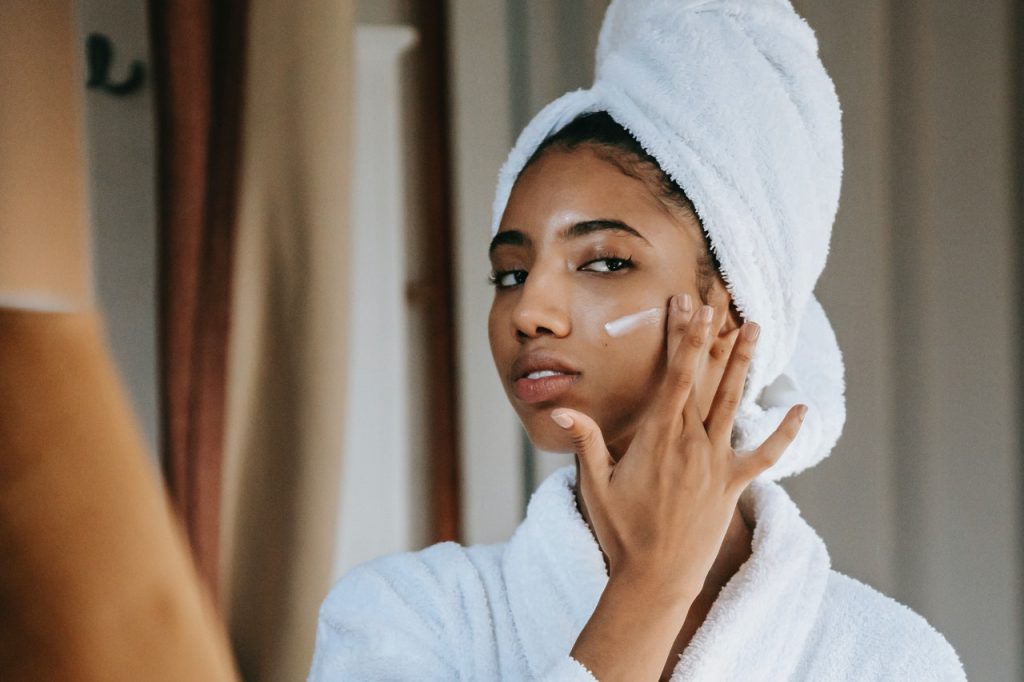Some famous sayings about beauty include “beauty is in the eye of the beholder” or “beauty is only skin-deep.” These sayings convey that beauty is subjective and that what matters more is what’s on the inside, rather than one’s physical appearance. Of course, there is merit to these statements. The face of a person doesn’t reveal their character or ability. And just because someone has a pretty face, doesn’t automatically mean they’re kind, smart, or both.
But when we look at someone, we don’t immediately see who they are as a person. The first thing we usually see is their face. So in most cases, we can’t really help but base one’s attractiveness on physical appearance.
And in all seriousness, we will find some people more physically attractive than others at first glance. That’s also why face ranking lists exist. But why are we attracted to certain faces? What does it take for a face to be “pretty,” according to science?
Symmetry
One of the factors that make a face attractive is symmetry. Facial symmetry is when two sides of a face, left and right, look alike. Several studies have shown that symmetry is directly related to facial attractiveness. For example, one study found that between a pair of identical twins, the twin with a more symmetrical face was perceived as more attractive than the other.
In reality, every person’s face is slightly asymmetrical. There may be small differences between the left and right sides of our faces, such as moles, a bigger or smaller nostril on one side, and more. But some people’s faces may be more asymmetrical than others. Some may even opt to get cosmetic surgery or buy a biofiller kit to improve their facial symmetry.
We’re more attracted to people with symmetrical faces because they give an illusion of perfection. If the two sides of a face look alike, it seems balanced, so it’s pleasing to look at. There’s also something called the Evolutionary Advantage Theory which posits that a symmetrical face is attractive as it indicates good health.
Some studies tried to debunk this theory and claim that asymmetrical faces are perceived to be more attractive than symmetrical faces. However, there’s not enough evidence to support it.
Averageness
Aside from facial symmetry, a face is also considered pretty based on its averageness. In this case, “averageness” refers to how similar a face is to the majority of the faces in a given population. In a 2004 study, researchers morphed faces toward the average. Respondents perceived these morphed faces as attractive. On the other hand, faces morphed away from the average were perceived as less attractive. Also, the average face is often associated with genetic diversity, which is another factor that makes it attractive.
If we think about it, finding an average face attractive makes sense. Let’s look at social media as an example. There’s something called the “Instagram Face” that most Instagram models and celebrities possess or try to adhere to. This face constitutes poreless skin, plump lips, eyebrows with a shallow arch, high cheekbones, and a contoured nose. In the world of Instagram, this face has become the average, so many people are attracted to people who fit that mold. They’re the ones who rack up followers and likes on their posts.

Familiarity
Aside from facial symmetry and averageness, a familiar face is also considered pretty. In one study by the University of Liverpool, researchers surveyed 200 participants and found that they’re more attracted to faces they’re visually familiar with. For instance, participants with wide-spaced eyes found faces with that same characteristic to be more attractive than faces with narrow-spaced eyes. Looking at this study, the brain seems to interpret recognition as an attraction.
This factor may be one reason people develop a “type” and become attracted to people who look alike. For example, it may explain why a certain female friend’s new boyfriend looks like just her ex: because the new boyfriend has a familiar face.
Familiarity is often actually linked with averageness. As previously mentioned, an average face has characteristics found in most faces in a population. As a result, that face becomes familiar, making it attractive.
Beauty is subjective. A person may consider a certain facial characteristic to be attractive while others don’t. But science says there’s a reason behind that attraction. It can be facial symmetry, averageness, or familiarity. The last factor seems to align with the subjectivity of beauty. After all, a familiar face to someone might not be familiar to another person.
